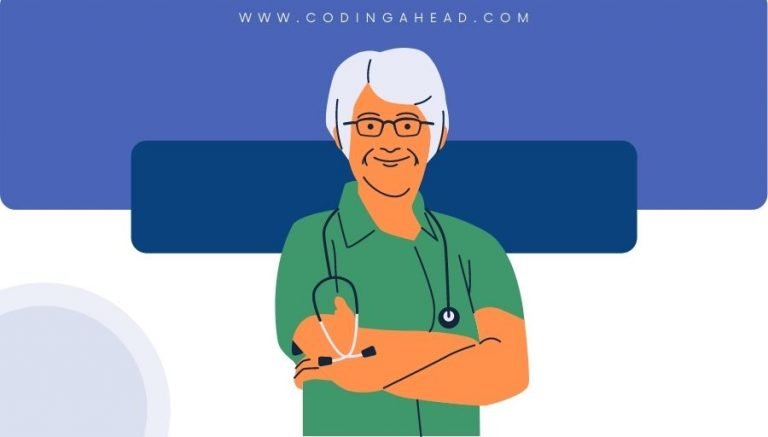How To Use CPT Code 23333
CPT code 23333 describes the removal of a foreign body from the subfascial or intramuscular tissue of the shoulder. This article will cover the description, procedure, qualifying circumstances, appropriate usage, documentation requirements, billing guidelines, historical information and billing examples.
1. What is CPT Code 23333?
CPT 23333 is used to describe the procedure of removing a foreign body from the subfascial or intramuscular tissue of the shoulder. This code is used when a physician makes an incision over the shoulder joint, dissects through each layer of tissue, removes the foreign body, irrigates the joint with an antibiotic solution, and closes the wound in layers.
2. Official Description
The official description of CPT code 23333 is: ‘Removal of foreign body, shoulder deep (subfascial or intramuscular).’ There are no additional notes or modifiers associated with this code.
3. Procedure
The procedure for CPT code 23333 involves the following steps:
- The physician makes a long incision over the shoulder joint.
- Each layer of tissue is dissected through to access the subfascial or intramuscular area.
- The foreign body is located and carefully removed.
- The joint is irrigated with an antibiotic solution to prevent infection.
- The wound is closed in layers to promote proper healing.
4. Qualifying circumstances
CPT 23333 is used when a foreign body is present in the subfascial or intramuscular tissue of the shoulder. This may occur due to trauma, accidents, or other circumstances. The procedure is performed by a physician and requires the use of specialized instruments and techniques to safely remove the foreign body without causing further damage.
5. When to use CPT code 23333
CPT code 23333 should be used when a physician performs the removal of a foreign body from the subfascial or intramuscular tissue of the shoulder. It is important to ensure that the documentation clearly indicates the presence of a foreign body and the specific location within the shoulder. If the foreign body is located in a different area of the body, a different CPT code should be used.
6. Documentation requirements
To support a claim for CPT 23333, the physician must document the following information:
- Description of the foreign body and its location within the shoulder
- Details of the procedure, including the incision, dissection, removal, irrigation, and wound closure
- Any complications or additional procedures performed during the same session
- Signature of the performing physician
7. Billing guidelines
When billing for CPT 23333, ensure that the procedure meets the specific requirements outlined in the code description. It is important to accurately document the removal of the foreign body from the subfascial or intramuscular tissue of the shoulder. There are no specific guidelines regarding reporting this code with other codes.
8. Historical information
CPT 23333 was added to the Current Procedural Terminology system on January 1, 2014. There have been no updates or changes to the code since its addition.
9. Similar codes to CPT 23333
While there are no similar codes to CPT 23333, there are other codes within the range of 23330-23350 that describe various introduction or removal procedures on the shoulder. These codes may be used for different procedures or circumstances related to the shoulder joint.
9. Examples
- A patient presents with a deep foreign body in the subfascial tissue of their shoulder. The physician performs a surgical procedure to remove the foreign body, irrigate the joint, and close the wound.
- Following a traumatic accident, a patient has an intramuscular foreign body in their shoulder. The physician performs a procedure to remove the foreign body and ensure proper wound closure.
- A professional athlete sustains an injury during a game, resulting in a subfascial foreign body in their shoulder. The physician performs a surgical procedure to remove the foreign body and prevent further complications.
- A patient presents with chronic pain in their shoulder, and imaging reveals the presence of a deep foreign body. The physician performs a procedure to remove the foreign body and alleviate the patient’s symptoms.
- During a routine examination, a physician discovers a subfascial foreign body in a patient’s shoulder. The physician performs a procedure to remove the foreign body and promote proper healing.
- A patient reports discomfort and limited range of motion in their shoulder, and imaging reveals the presence of an intramuscular foreign body. The physician performs a procedure to remove the foreign body and address the patient’s symptoms.
- Following a workplace accident, a patient has a deep foreign body in the subfascial tissue of their shoulder. The physician performs a surgical procedure to remove the foreign body and ensure proper wound closure.
- A patient presents with an intramuscular foreign body in their shoulder, causing significant pain and inflammation. The physician performs a procedure to remove the foreign body and provide relief to the patient.
- During a routine examination, a physician discovers a subfascial foreign body in a patient’s shoulder. The physician performs a procedure to remove the foreign body and prevent potential complications.
- A patient sustains a deep foreign body in the intramuscular tissue of their shoulder during a sports-related injury. The physician performs a surgical procedure to remove the foreign body and promote proper healing.


